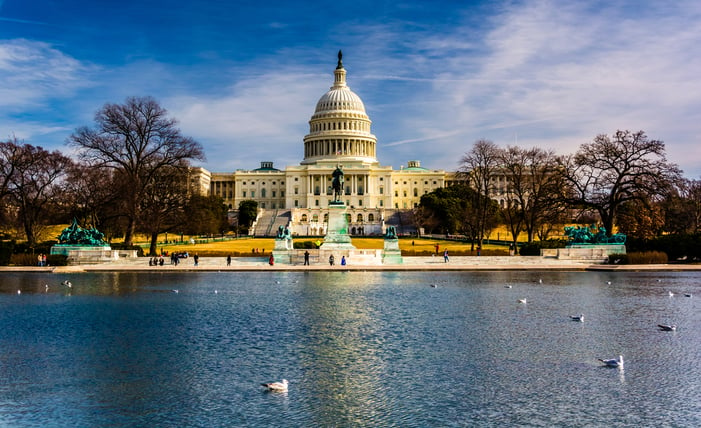Black History Month is a month-long celebration in the United States that takes place annually from February 1 to March 1. This month-long celebration is dedicated to honoring and celebrating the contributions and influence of Black and African Americans to the history, culture, and achievements of the United States. As we enter February, we embark on a journey of celebration and reflection of Black History Month—a time to revel in the richness of Black culture, honor trailblazers, and amplify voices that echo through history.
Join us in this joy-filled exploration as we dive into stories of triumph, courage, and unyielding determination. From iconic figures to modern inspirations, let's dance through the pages of history with enthusiasm, curiosity, and profound respect for the diverse contributions that have shaped our world of Structural Engineering.
1. African Burial Ground National Monument, NY
The African Burial Ground National Monument in New York City is a poignant testament to resilience and remembrance. Crafted by the skilled hands of African American architect Rodney Leon, this monument stands as a solemn tribute to the burial ground of enslaved and free Africans during colonial times. Leon's architectural vision breathes life into the narratives of those laid to rest here, offering a space for reflection, education, and the acknowledgment of a vital chapter often overlooked. Through its design, the monument honors the dignity and cultural heritage of those interred, inviting visitors to engage with a profound piece of America's history.
2. Phil Freelon (1953-2019)
Phil Freelon was a trailblazing African American architect celebrated for his profound impact on the architectural landscape. Renowned for his commitment to cultural expression and community engagement, Freelon co-designed iconic structures such as the National Museum of African American History and Culture in Washington, D.C., and the Center for Civil & Human Rights in Atlanta. His legacy extends beyond these landmarks, encompassing a diverse portfolio that reflects his dedication to social justice and the integration of art and architecture. Freelon's contributions have left an indelible mark, inspiring future generations of architects and emphasizing the importance of inclusivity in the world of design.
3. Washington, D.C.

Benjamin Banneker, a self-taught mathematician and astronomer, played a pivotal role in the planning of Washington, D.C., the capital of the United States. In 1791, appointed by Secretary of State Thomas Jefferson, Major Andrew Ellicott sought Banneker's expertise in surveying the city's boundaries. Banneker's meticulous astronomical observations, notably during the solar eclipse of 1791, contributed significantly to the accuracy of the survey, showcasing his invaluable intellect and pivotal contributions to shaping the foundations of the nation's capital.
4. Robert R. Taylor (1868-1942)
Robert R. Taylor was a trailblazer who shattered barriers in the field of architecture. As the first African American to graduate from the Massachusetts Institute of Technology (MIT) with a degree in architecture, Taylor's legacy is etched in the halls of academia and innovation. His pioneering spirit reshaped Tuskegee University's landscape, designing iconic buildings like Booker T. Washington's home, Carnegie Library, Dorothy Hall, and White Hall. These structures not only served practical needs but also symbolized progress and educational opportunity during a time of racial segregation, leaving an enduring legacy of empowerment and inspiration for generations.
Happy Black History Month!




.jpg?width=800&name=risa-logo-blackhist-7691cp(rev2).jpg)
